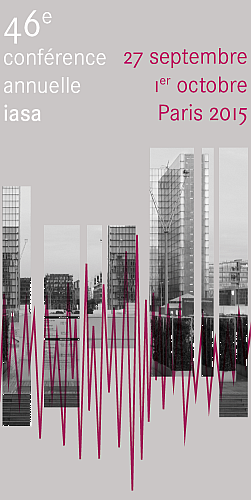Emphasising a multidisciplinary approach combining photography, writing, history and sociology, the work focuses on the history of the old foundry Penarroya-Metaleurop. Based on a campaign composed of interviews with the former employees of the factory, the two photographers perform a visual survey marked by visible or invisible traces that represent the history of this demolished industrial monument. Through a process combining documentary & creative images, movies, recorded testimonies and written pieces, the project results in an exhibition presenting a creative overview, documenting the history of the foundry Penarroya-Metaleurop.
The collection of interviews acts as the basis of the project. The purpose of these interviews is to understand the experiences of people through their feelings and memories, which then allow a living reconstruction of the factory. Many topics are discussed: family, factory employment, the different roles and tasks within the foundry, the impact on the environment, training undertaken, work & safety and of course the plant closure in 2003.
The project use photography to promote this type of archive, which enables us to give the subject a form. Meetings with employees of the foundry have been crucial. These portraits stand as the perfect introduction to history, gestures & posture. Within this we discover unconventional documents that need to be collected, analysed and stored.
For example, Mr Jean Pawlowski, started to work in Penarroya in 1947. Worker in the zinc foundry, he went to the United States under the Marshall Plan to learn about new industrial processes. He also went in Wales to learn the new process Imperial Smelting Pot (ISP). This story demonstrates the importance of dealing with the vocal and immaterial archives. We consider these interviews as fundamental documents. The people we have interviewed were the last witnesses of the factory’s history.
In the project, the creative part tries to answer many problems. First, the issue of the representation of a factory where no visible traces remain. Apart from the archive, the memory of the people who lived in the area and the surrounding territory, the factory is absent. Penarroya-Metaleurop has been dissolved in its territory after destruction between 2003 and 2006.
The second main issue is the virtuous confrontation of documentary photography and the methodology of the humanities. We consider photography as the perfect tool to express an era, making photography a time marker. Also we are questioning the humanities by confronting science of the past with tools of the present, which in this case is photography.
Stories are like hidden treasures. In the case of Penarroya-Metaleurop there is a need for exhuming the memory, as the factory has been totally deconstructed. No ruins remain of the foundry and we so had to create new a memorial.
The first exhibition has been shown in Roubaix’s cultural centre La Forge in June 2012, then in Paris, Arras and Lyon. We have also organised a debate on the questions of memory and the immaterial heritage with former employees of the factory, along with a participant of the Usine des mémoires project.
The project has been awarded the CILAC / Prix jeune chercheur at the 16th international seminar on industrial heritage, held in September 2011 in Belfort, France.
Institution:
Association Anachronique Symposium Committee
Country:
FRANCE
Presentation type:
poster
Abstract:

